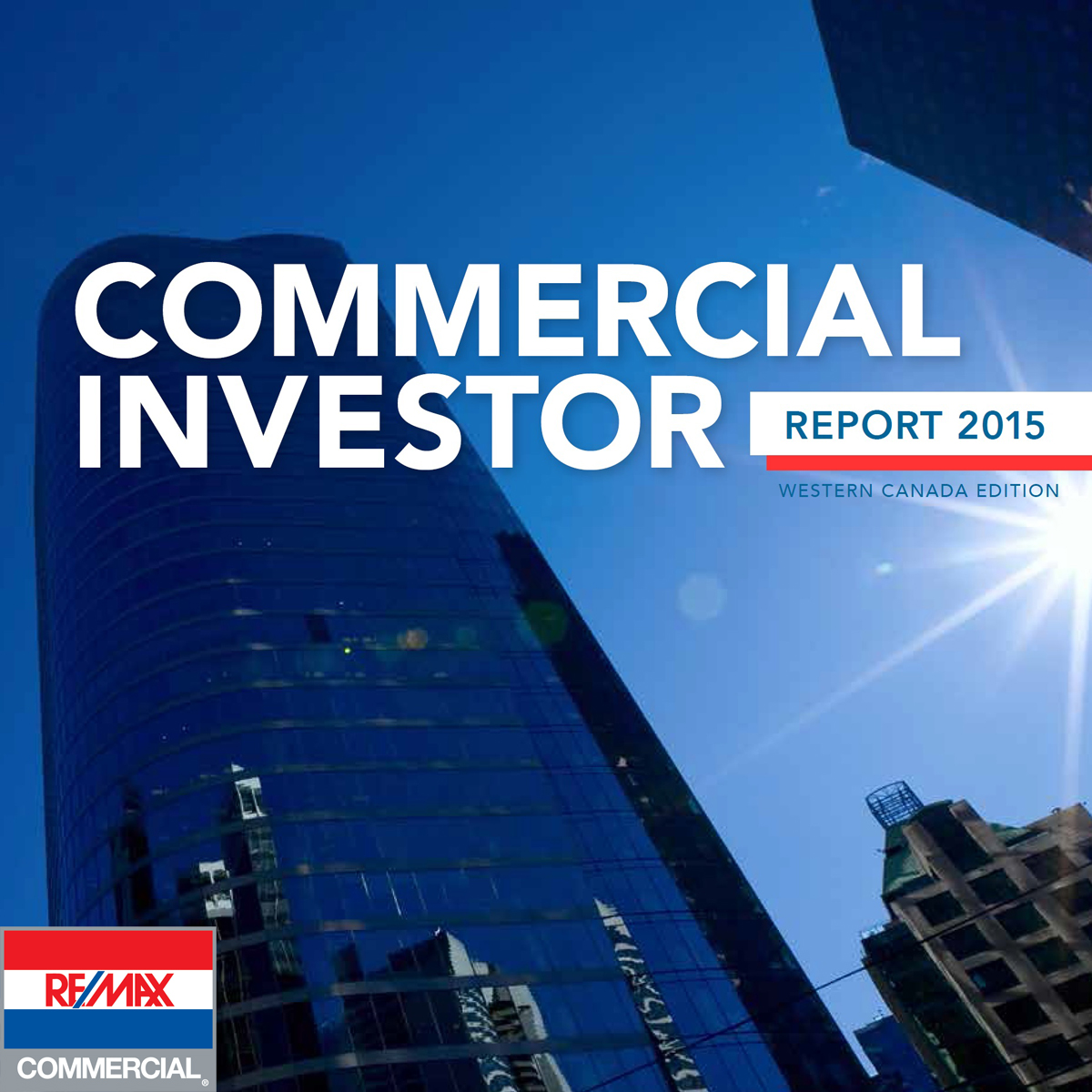EDMONTON
In the first half of 2015, the commercial property market in Edmonton felt the impact of the drop in oil prices. The number of commercial building and land sales was down 9 per cent and the overall value of those sales was down 13 per cent year-over-year. For the first time in three years, total sales at mid-year dipped below $1 billion.
The most significant decline was in land sales; sales decreased by 30 per cent year-over-year, indicative of a slowing economy. A bright spot was multi-family residential – sales increased by 45 per cent year-over-year, driven by continued low vacancy and high rental rates in the city. Overall, sales in the third quarter are pointing toward continued slower activity through to the end of the year.
There is a good representation of Real Estate Investment Trusts (REITs) and pension funds; however, the regional/local private companies are currently driving demand in Edmonton’s commercial property market. The industrial market has slowed, due to downsizing in the oil service sector driven by decline in oil prices. There is increasing demand from foreign buyers for good quality assets. U.S. investors in particular are taking advantage of the opportunities afforded by the lower Canadian dollar.
Top tier assets in all sectors continue to be in high demand. Multi-family residential, well-positioned retail and industrial properties with well-capitalized tenants are the most in-demand property types. There is a shortage of good-quality products in these categories and they are quick to sell when they come on the market.
Vacancy rates in the city were healthy at mid-year; the vacancy rate in industrial was at 5 per cent, and retain and multi-family at 2.5 per cent. Office vacancy rates are at 8.5 per cent and expected to rise in the coming year as new supply comes on the market. 1.2 million square feet of new office inventory, plus over 3.0 million square feet of new industrial supply and sublease space are anticipated to come on the market by the end of 2016. With oil companies downsizing to reduce costs, owners may be competing to attract and retain office and industrial tenants, which could cause hesitation among investors in these segments. Conversely, opportunities may arise for assets that will need to be repositioned.
Recent developments that may slow down Edmonton’s commercial property market in the coming year include the NDP goverment’s provincial oil and gas royalty review, further capital spending cutback announcements by the oil producers, increases in provincial personal and corporate taxes and the minimum wage increase to $15 per hour. In June 2015, Alberta’s provincial government forecast in its first quarter fiscal update a disconcerting $5.9 to $6.5 billion annual deficit for the year ending March 31, 2016.
Despite economic slowdown due to the downturn in the oil industry, ongoing development projects are boosting the city’s outlook. In downtown Edmonton, the 25-acre, $2 billion Ice District development features a new arena, public plaza, office and condo towers, entertainment venues, hotels and retail. A new provincial museum, new LRT station and expansions to the campuses of MacEwan University and NorQuest College are in progress as well. The completion of the Anthony Henday ring road, scheduled for 2016, is expected to unlock suburban development opportunities in northeast Edmonton.
Until oil rebounds, Edmonton is expected to remain in a down cycle. However, significant ongoing development in the city is prompting optimism, and with an experienced commercial group of owners, the market is expected to adjust and move forward.















